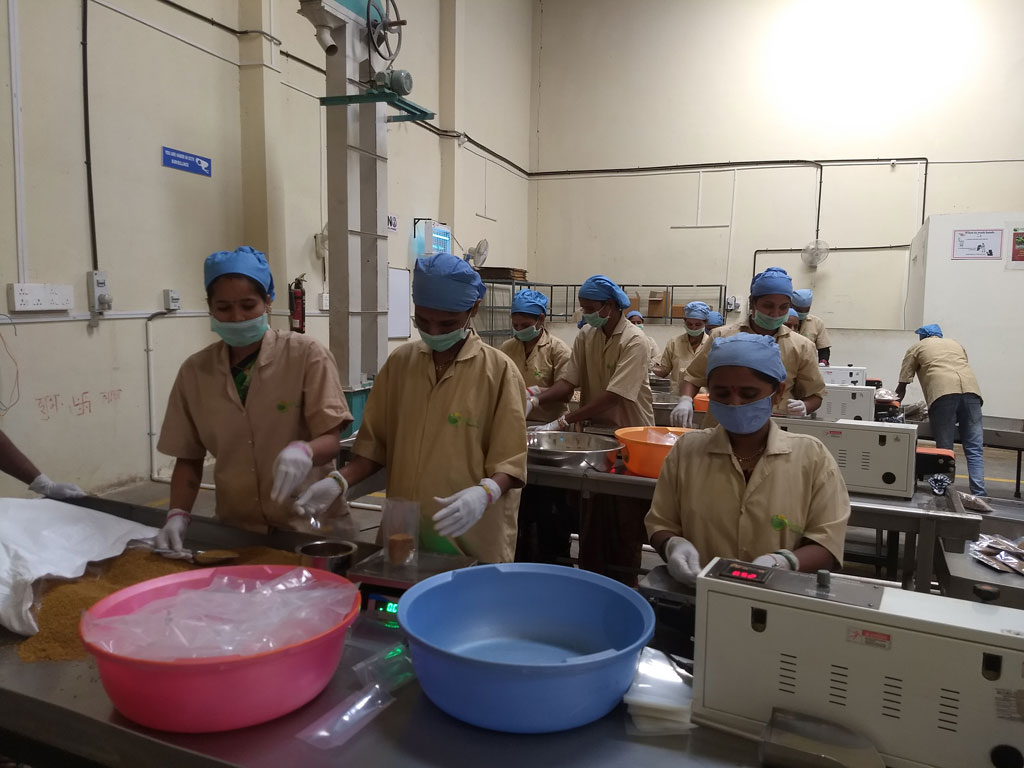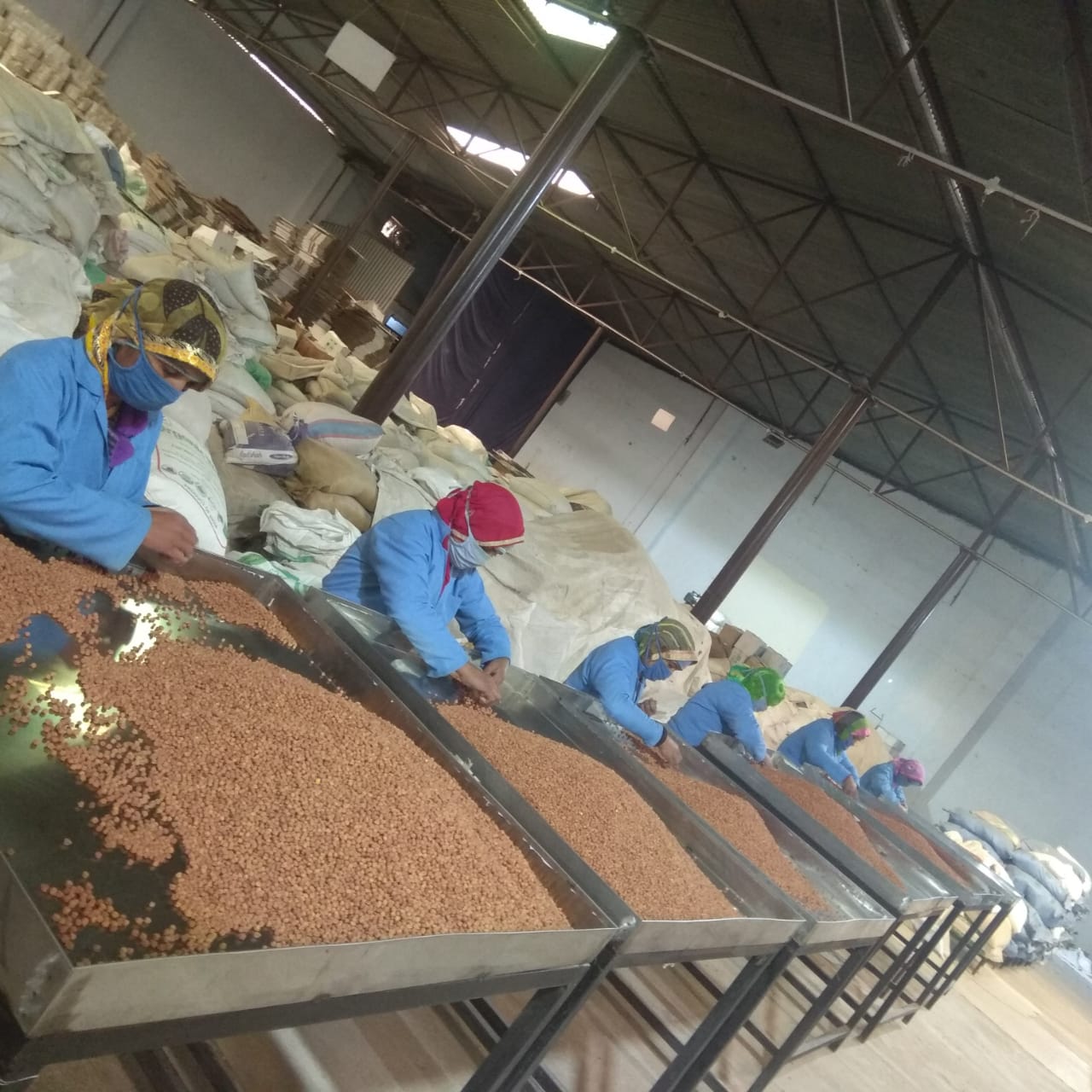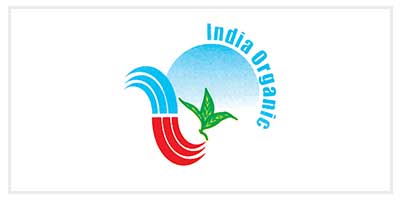The plant has a production capacity of 20,000 pouches/day and processing capacity of over 30 MT/day. This plant is certified as per guidelines set by EU, NOP, NPOP & FSSAI.
Pune
Jaipur
The plant in Jaipur has a production capacity of 10,000 pouches/day and processing capacity of over 10 MT/day. This plant is certified as per guidelines set by HACCP, FDA, BRC, Kosher, Halal, FSSC 22000, EU, NOP, NPOP, FSSAI & COR.
Pune Plant





Jaipur Plant





About Pune City
The term Pune comes from the word “Punya or holy”. As one of the largest and most important cities in Maharashtra, Pune ranks among the top 10 metropolises of India. Although overshadowed by Mumbai for a long time, this city has slowly carved a niche for itself on the Indian map. Pune is home to some of the best schools and colleges, corporate biggies and several known residential and commercial projects.
Pune is the 9th most populous city in India and the second-largest in the state of Maharashtra, after the state capital Mumbai. The history of the city is closely related to the rise of the Maratha Empire from the 17th–18th century. In the 18th century, Pune became the political center of the Indian subcontinent, as the seat of the Peshwas, who were the prime ministers of the Maratha Empire. After the fall of Peshwa rule in 1818, the new British rulers made the city one of their major military bases. Prior to the British takeover, the city was confined to the eastern bank of the Mutha River. Since then, the city has grown on both sides of the river. In the 19th and early 20th century, Pune was considered by the British as the center of political unrest against their rule. The post-independence era saw Pune emerging as a major manufacturing center. The post-independence period has also seen further growth in the higher education sector in the city. The Panshet flood of 1961 resulted in a huge loss of housing on the river bank and spurred the growth of new suburbs. In the 1990s, the city emerged as a major information technology hub.
Pune serves as the corporate office for Samruddhi Organic and caters to the growing demands for organic food in the southern and western regions of India.
About Jaipur City
Jaipur is one of the most culturally rich heritage cities in India. Founded in the year 1727, the city is named after Maharaja Jai Singh II who was the main founder of this city. He was a Kachhwaha Rajput and ruled the area between 1699 and 1744.
Post Sawai Jai Singh era, the city was ruled by several Rajput rulers. Sawai Pratap Singh (1764-1803), Sawai Ram Singh II (1835 to 1880), Madho Singh II (1861-1922) and Sawai Man Singh II (1911–1970) were among the main rulers who kept the heritage of the city alive.
Apart from the architecture, the city is also known for its rich scientific heritage. Maharaja Jai Singh also had a strong inclination towards science and mathematics. This is why; he consulted Vidyadhar Bhattacharya, who was a scholar from Bengal while designing the city. The scholar consulted books on ancient Ptolemy, astronomy, and Euclid to provide his expert advice.
The city was built on the principal of Indian Architectural science called Shilpa Shastra and took 4 years to build. The city has a world-famous planetarium, a beautiful city palace, a number of temples and cultural venues.
Jaipur got the name ‘Pink City’ in 1853 when the reigning King Sawai Ram Singh painted all royal and official buildings in sandstone colour to commemorate the visit of Prince of Wales to the city. The city is world famous for its extraordinary buildings and its vibrancy is adequately depicted by the colour.
Jaipur serves as the branch office for Samruddhi Organic and caters to the growing demands for organic food in the northern and eastern regions of India. It also serves as the focal point to meet all aspirations and demands of our valued customers the world over.
Pune City





Jaipur City
























